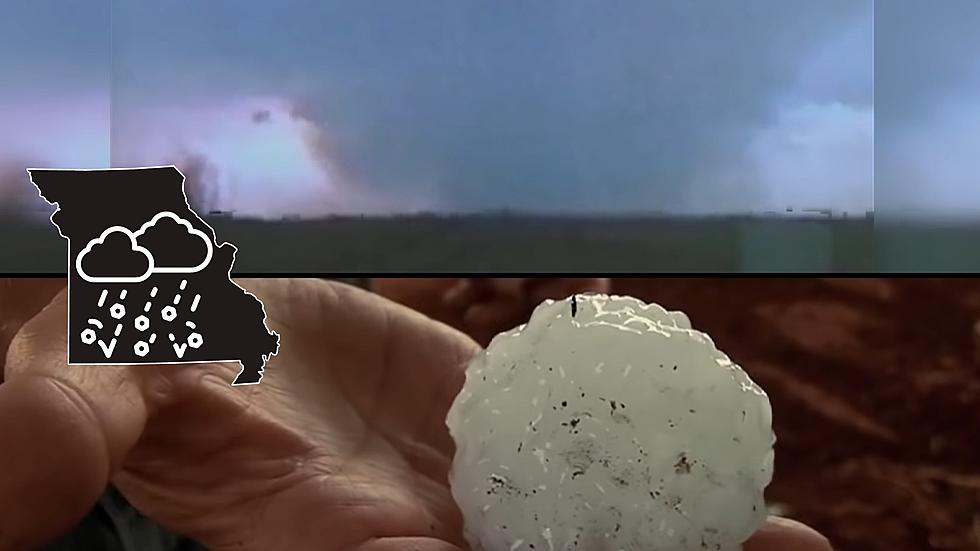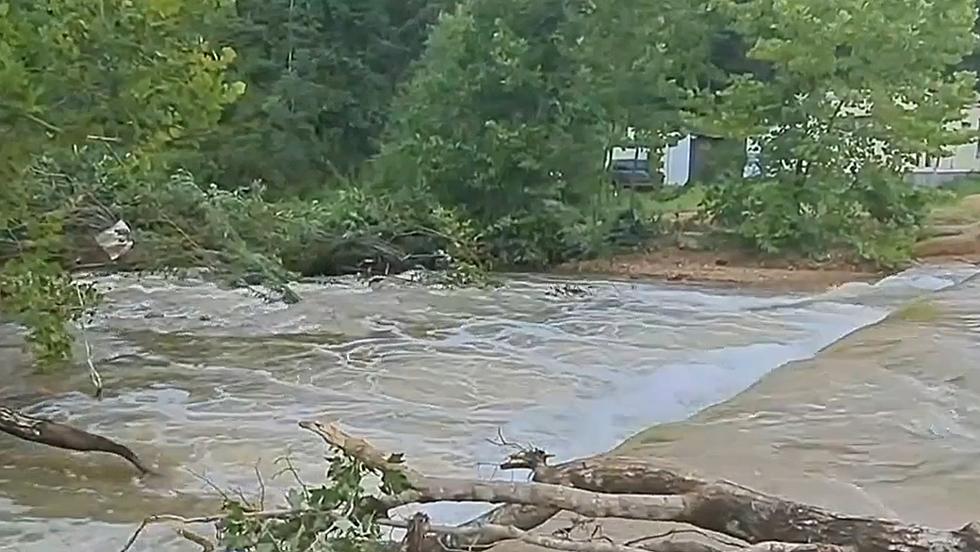
20 Years Ago, a Monster EF-2 Twister Roared Thru Canton and Lima
I remember it like it was yesterday. It was a sunny Saturday in May of 2003 when the sky began to growl. Large anvil-like clouds began to explode overhead and by the time the day and night were done, numerous tornadoes wreaked havoc in Missouri and Illinois with a monster EF-2 roaring through Canton, Missouri and Lima, Illinois.

The National Weather Service shared a graphic showing the tornadoes that went through our part of Missouri and Illinois between May 4 and May 10, 2003. It's striking.
My wife who happens to be a meteorologist warned me days ahead of time of two fronts that were expected to collide on February 10, 2003. Sadly, she was right and it left Canton, Missouri and Lima, Illinois in the path. Here's the NWS description of that twister:
The Canton-Lima tornado had the longest documented track of 89 miles and a peak width of 30 yards. Despite damage estimated at 5-7 million dollars, there were no fatalities and only 10 minor injuries.
It could have been so much worse.
The tornado that went through northeast Missouri into west-central Illinois wasn't the only tornado during that period by far. The NWS noted how strong so many of them were:
Of the nine tornadoes, four of these were classified as strong (F2 or F3) and long tracked with path lengths >10 miles
During the Spring and Summer of 2003, I would drive from Keokuk to Quincy for work each day. I'll never forget the destruction in Lima, Illinois. Broken trees and damaged homes. When driving south, you could look to the right and see a large swath of trees that were taken out by the twister after it crossed the river. As long as I live I'll never forget it.
There were some serious injuries from those storms, but fortunately no fatalities. That's miraculous to me. Yet, it remains one of the most distinct weather events in our weather history and it happened 20 years ago today.
LOOK: The most expensive weather and climate disasters in recent decades
More From KIX 105.7










